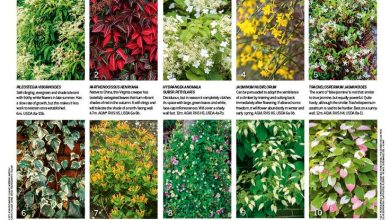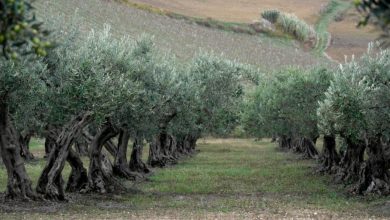The Tear Pea: Why is the Green Caviar from the garden?
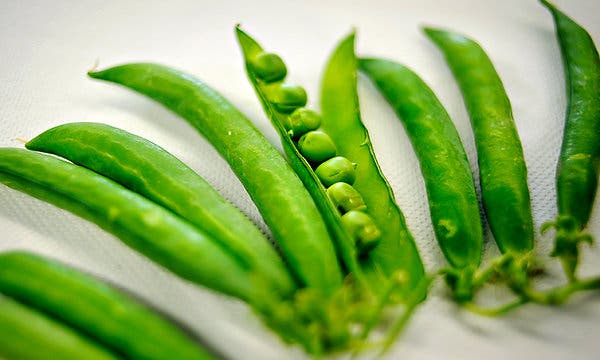
Hello agrohuerters, in other articles we have already talked about some local varieties and the importance of preserving them over the years. Today’s protagonist will be the tear pea, don’t you know it?… Well, don’t miss today’s article.
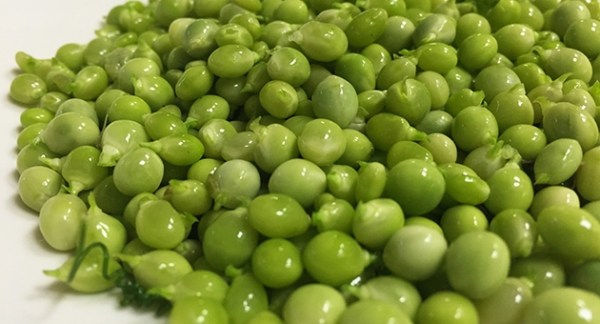
History and origin of the tear pea
More than 150 years ago, the French bourgeoisie brought to the coast of Guipúzcoa a variety of peas known as “ tear pea ”. The name of this local Basque variety comes from the teardrop shape that the pea presents when harvested. Another theory (mine) is because you shed a tear because of how good it is.
The tear pea is currently a crop that is «in fashion» since we can find it in the best restaurants in Spain. However, this variety has been cultivated for many years, passing from generation to generation. How nice it is to preserve local traditions!
Conservation of local varieties
The tear pea variety adapted very well to the climate of the Basque Country as it needs warm temperatures (between 14 and 16 degrees). It does not withstand excesses of cold or heat well, nor does it withstand strong winds. In addition, its cultivation in areas near the sea gives a slight salinity to its flavor. However, we can also find this variety in other communities in Spain.
Today, the main varieties are known as: Prince Albert and Maravilla although there are also others such as Negret, Dorian and Lincoln. Thanks to all these varieties and all the work carried out year after year, the tear pea is currently the most valued pea on the market.
Differences between the tear pea and the conventional one
One of the first questions that comes to mind is, without a doubt, what are the differences that the tear pea presents with respect to the conventional pea that we are used to.
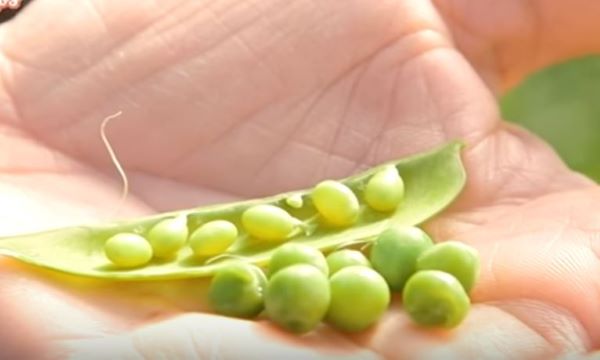
To resolve this question, we leave you, below, what their main differences are:
- Tear peas are smaller and less round than conventional peas.
- Tear peas are softer than conventional peas because they contain a large amount of sugary liquids inside.
- The skin is thinner and crispier.
Pea Plant Characteristics
When I talk about a plant or crop I always like to remember the scientific name since it can often save us from trouble when we do not know the name in another language. In this case, the scientific name is Pisum sativum and it is a plant belonging to the family of legumes (fabaceae). However, it can also present other common names such as: peas, petipuás or peas.
The tear pea plant is a climber, being able to reach up to 2 meters in height and the flowers are white (like the ones seen in the image).
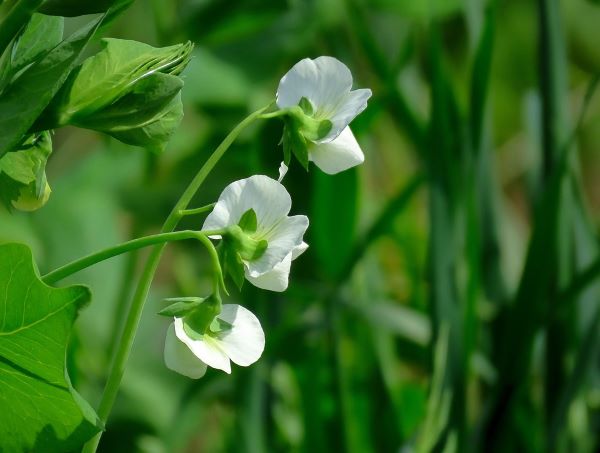
Tear pea cultivation
Once we know its history and its main characteristics, we are going to see in a simple way how to grow it in our orchards step by step:
Sowing
Sowing is done in autumn, between the end of October and the beginning of December. As we have previously commented, it is important to sow local varieties of tear pea.
Remember that always after sowing we must apply an irrigation to favor its germination.
Crop care
Tear pea experts say that the development of this crop varies greatly from place to place. In my opinion, it is always good to receive advice from people who have been growing them for years and years so that they themselves can tell us what the secret is. They all agree that one of the fundamental parts of this crop is the harvest, as we will see in the next section.
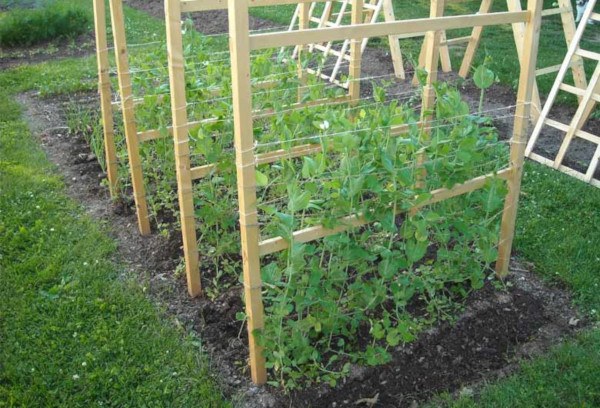
Harvest
The tear pea is harvested in late February or early March. The most important thing about this stage is that it must be done first thing in the morning. On the contrary, once the sun begins to rise, harvesting should be stopped since the tear pea can lose one of its greatest virtues: the high content of sugar water that it stores inside.
To know what the optimal harvesting point is, you should look at the pod against the light and see that the shape of the tear pea is the right one.
They estimate that 50-60 grams are extracted from 1kg of tear pea pods. All this great post-harvest work increases the price of peas to over 300 euros per kilo.
Plagues and diseases
It may also be susceptible to attack by pests or diseases. For example, if heavy rain or hail storms come, certain fungi such as powdery mildew can attack peas and cause serious losses.
Other pests or diseases that can attack the tear pea crop are:
- Pests: pea moth, sitona, pea thrips, green aphids, birds and rodents.
- Diseases: powdery mildew and anthracnose.
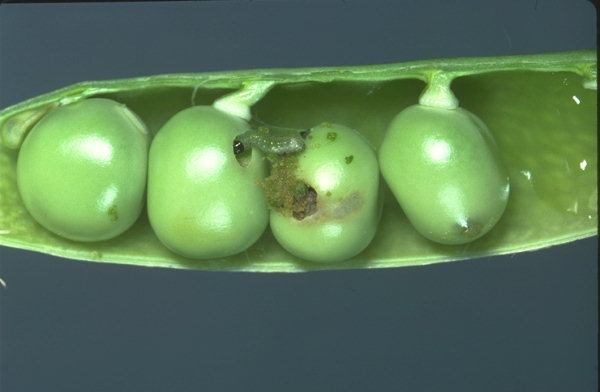
Recipes with the tear pea
We cannot finish the article without mentioning the large number of recipes and culinary techniques that are being made with this crop in many of the best restaurants throughout Spain.
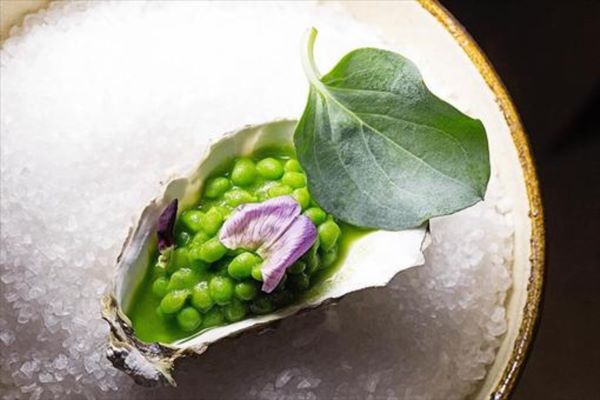
The tear pea can take on a smoky flavor on the grill, lightly cook it, or lightly sauté it in the pan. Those who have tried it say that it is like an explosion of flavor in the mouth.
All this facilitates, in turn, the creation of a strong link between producers and chefs, taking care of tradition and supporting the local varieties of each country.
Finally, I have heard the rumor that the singer Bruce Springsteen, since he tasted this Basque delicacy, started growing his own peas in his house in New Jersey.
References
- RTVE – Spanish Radio Television. (May, 2019) How to Cook Tear Pea.
- Ministry of Agriculture, Fisheries and Food. Grain legumes and oilseeds.
- Phytoma (2013). Pea cultivation guide in Navarra.
- CSIC-Higher Council for Scientific Research. The pod pea and the tear pea.
This is all for today agrohuerters! I hope you liked the article and that we continue to be surprised and appreciate the local varieties of each region. What are your favorite local varieties? We read you in the comments
See you in the next one!

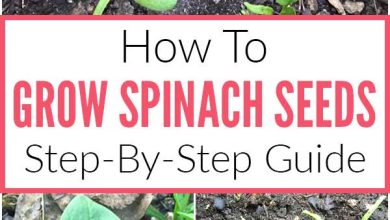
![Photo of Olive Tree Cuttings: [Concept, Season, Rooting and Planting]](https://www.complete-gardening.com/wp-content/uploads/2022/08/olive-tree-cuttings-concept-season-rooting-and-planting-390x220.jpg)
